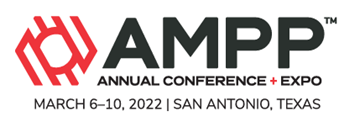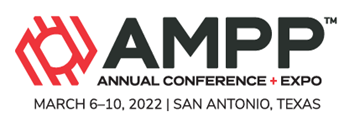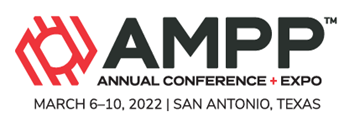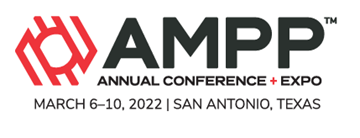Search
Products tagged with '2022 conference papers'
View as
Sort by
Display
per page
Closed Loop Corrosion Control: Case Studies Of A Reliable, Robust, & Sustainable Treatment Program
Product Number:
51322-17723-SG
Publication Date:
2022
$20.00
Coatings To Regulate Scaling In Geothermal Applications
Product Number:
51322-17547-SG
Publication Date:
2022
$20.00
Cobalt/Chromium Carbide Composite Coatings Applied By Brush Plating For Use As An Alternative To Hard Chrome
Product Number:
51322-18228-SG
Publication Date:
2022
$20.00
Cold Work Qualification Of UNS N08935 For Use In Chloride And Sour Environment
Product Number:
51322-18080-SG
Publication Date:
2022
$20.00
Combination Of High Ph SCC And Near Neutral Ph SCC Models Using Bayesian Networks
Product Number:
51322-17851-SG
Publication Date:
2022
$20.00
Combining Thermal Spray Zinc And Hot-Dip Galvanizing To Achieve An All Metallic Zinc Coating System
Product Number:
51322-18207-SG
Publication Date:
2022
$20.00
Comparing AC Study Techniques In Addressing AC Corrosion Risk
Product Number:
51322-17735-SG
Publication Date:
2022
$20.00
Comparison Of Atmospheric Corrosion Of Silver Across Multiple Locations
Product Number:
51322-17621-SG
Publication Date:
2022
$20.00
Compatibility Of Steels At 450°-650°C In Supercritical CO2 With O2 And H2O Additions
Product Number:
51322-18018-SG
Publication Date:
2022
$20.00
Composite Repairs And Cathodic Protection
Product Number:
51322-17825-SG
Publication Date:
2022
$20.00
Comprehensive Laboratory Analysis Of AC Coupon Test Stations
Product Number:
51322-18151-SG
Publication Date:
2022
$20.00












